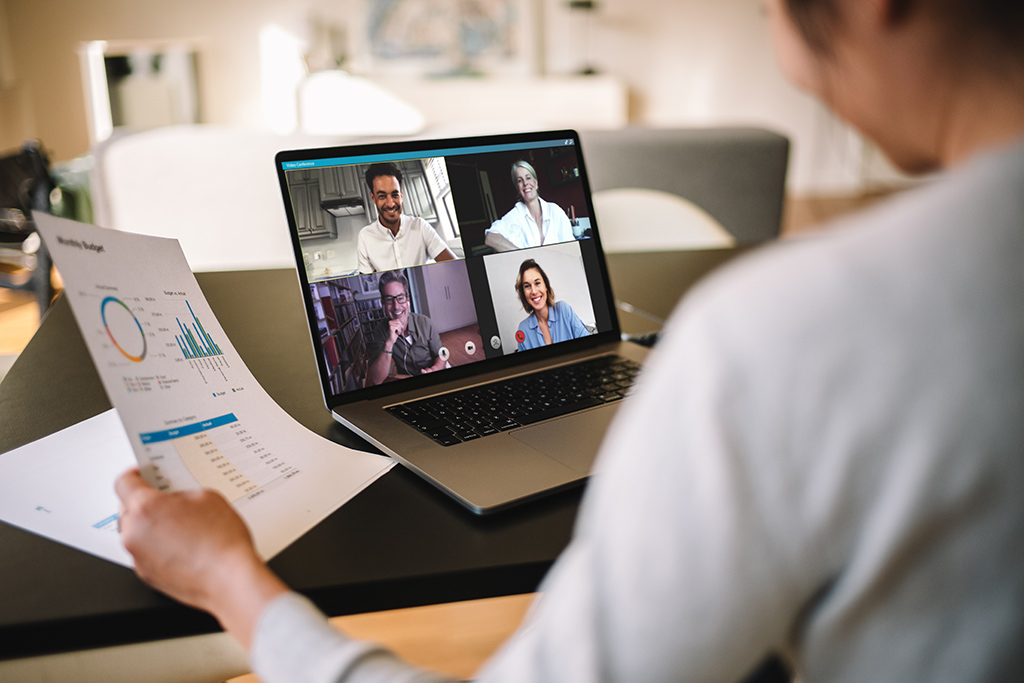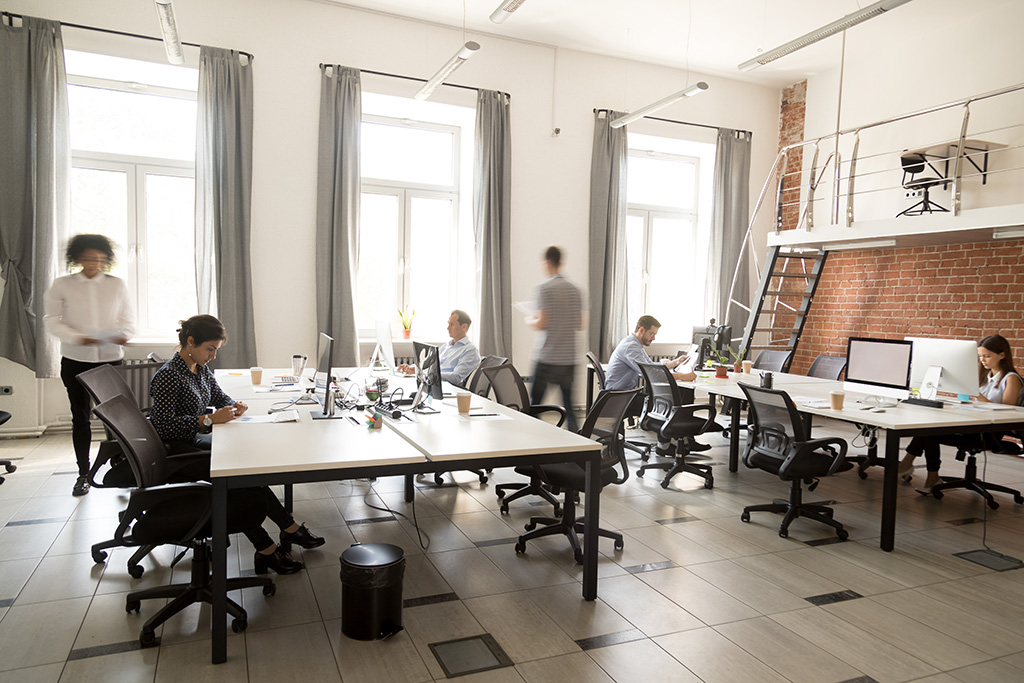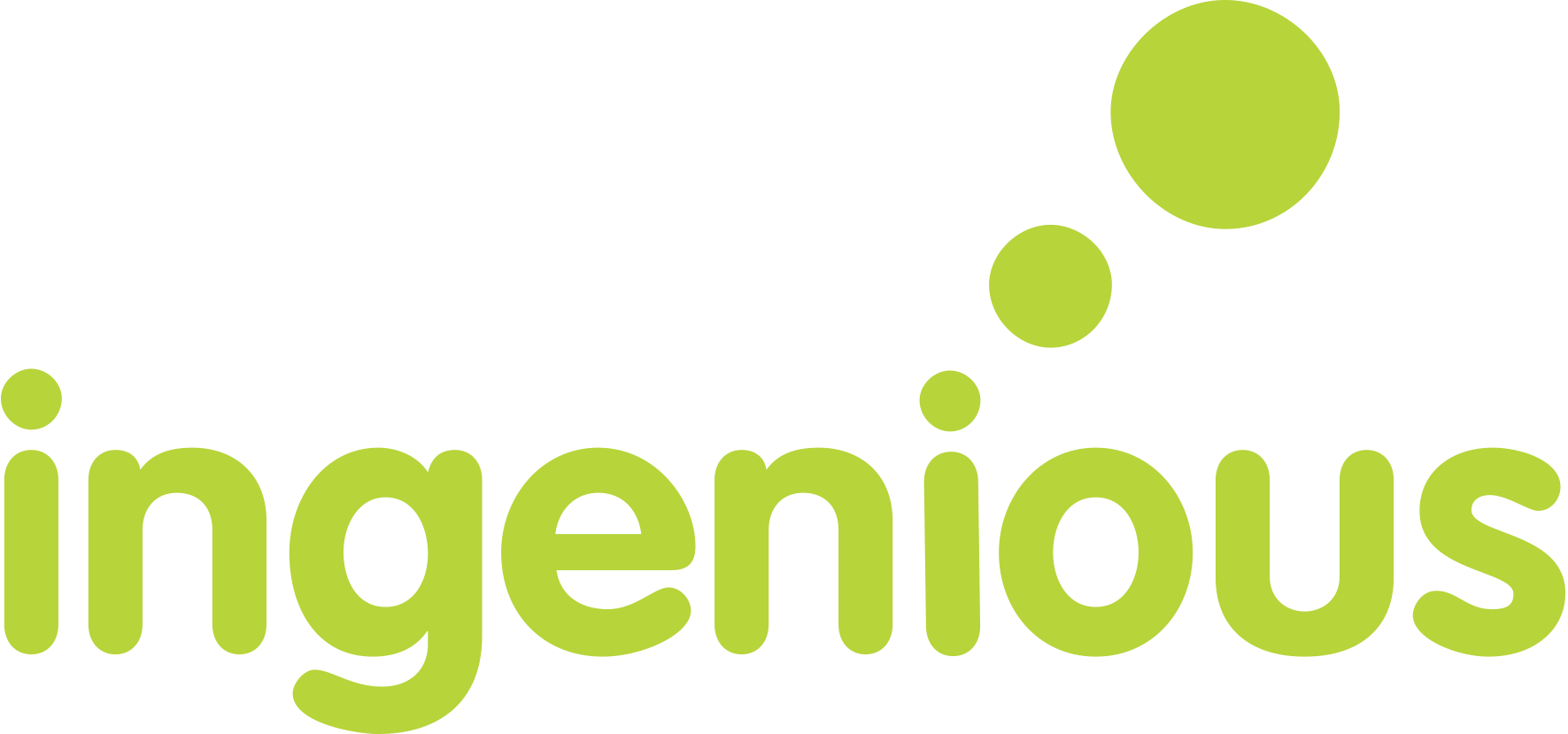
Introduction
Time moves quickly, especially in the digital world. A global pandemic just over two and a half years ago changed the landscape of daily life. Businesses bore the strain of adapting at speed without sacrificing the customer experience; it became sink or swim.
In just over two years, investment in digital transformation via technology and software has soared. Unsurprising given that those who refused to invest either ceased trading or lagged behind their competitors.
As a managed IT support business, we felt pressure from all angles. Working from home had always been a long-term strategy for us, so we felt rather fortunate to roll this tried and trusted process out to our customers swiftly. We plugged the holes that left so many businesses exposed.
Fast-forward a further 12 months, and it became clear that the methods used to get businesses through Covid-19 wouldn’t be sufficient in a permanently reshaped landscape. Remote access risks exposure, so much so that Businesses Suffered 50% More Cyberattack Attempts per Week in 2021.
The reliance on digital technology for finance and accounting is now paramount to day-to-day activities. Even pre-pandemic change was on the horizon, with over 30% of businesses undergoing technological changes that impact the industry within the next decade.
The focus should be centrally on customer experience and expectations. Let’s look at the customer focus before and after covid.
This post is an exerpt taken from our Business Guide for Finance and Accounting companies. You can download your free copy of the guide by clicking the link below.
Opportunities of Change
So much has changed. The mass exodus from city centres, the abandoning of offices for home and smaller more flexible workspaces, the sea change in the way we all want to work now (Google ‘The Great Resignation’). There are huge opportunities for you to run with this and do some great work.
The transformation of these spaces and buildings is a huge opportunity as is the ability to introduce inspirational technological solutions.
The common trait among the more recent changes centres around the use and support of digital technology. For many businesses the support models introduced during Covid have become a permanent fitting. Hybrid and Flexi working structures allow greater control over your time management and lessen ‘office distraction’.

Almost have of employees working in the finance sector agreed that working from home has had a positive impact on their workplace culture.
When factoring in elements such as the mental wellbeing of your employees, sentiment, and even the relationship with customers, the shift in working environments has largely been unplanned, but successful.
Everyday Space for Staff
Some companies have realised they can save hundreds of thousands by downsizing their offices. It is tempting to move to serviced offices as they are already kitted out and provide Internet and phones but be wary as there are a lot of hidden charges and they are not cheap or at all flexible in what they offer.
They do have a place, however, if you get it right. We are all used to working via video conferencing, but face-to-face meetings are still needed every so often. When considering how office space has changed over the past two years, look to see how much was attributed to the company culture and customer relationships.
Modern office spaces are packed out with technology; there is little downtime from moving in to conducting full-scale business services. Utilise these opportunities if you see the long-term value, more so if you have employees who aren’t local.
A valid alternative to office space is huddle spaces and hot-desking. Both are possible on a smaller budget, providing they have the right kit.
The next option to consider is the home-working setup and structure. Ensure your employees have the best resources to fulfil their tasks from the comfort of their own homes, without limitations. When meetings are required in person, social events, or management tasking, ensure the office space mimics the home-working environment.
Finally, if your office sees fewer people daily, now is the time to consider investing in the aesthetics of your workplace. When visiting a dated office environment, the switch in working patterns is made more aware. Your office should be your employee’s second home.

Remote Access to Files
By 2025, Gartner estimates that over 95% of new
digital workloads will be deployed on cloud-native platforms, up from 30% in 2021
The most significant change to arise since Covid is the requests to access files remotely. The process of accessing remote files isn’t new, many businesses have been utilising the technology for the past decade, but the sudden rise in requests from all remote working employees has unravelled some critical issues with soft planning.
The quick fix at the start of Covid was to give VPN access to workstations in the office to access the systems. This is a bit of a fudge. The problem is always down to where your people are and your data; ideally, they need to be in the same location.
However, there are a lot of solutions out there ranging hugely in price and complexity that properly address these challenges. It is now possible to do everything in Cloud systems with clever and complete communication, remote access, and versioning.
You can even work on accounts on a plane with delta file changes occurring on re-connection. This means the file is not overwritten; it is updated with the individual changes made within it.
Team/Zoom Difficulties
Oh, the pain of echo, other people in the office’s microphones not muted or talking in the background! This rings true for all video conference applications, so where do you start setting up the perfect environment for your important employee or client meetings?
We won’t cover what is better, Teams or Zoom. If you haven’t already researched this topic or are unsure what platform to use, here is a quick and cohesive guide: https://zapier.com/blog/zoom-vs-teams/.
We are advocators of Microsoft, placing Teams top of the list for video conferencing software. The software alone cannot provide the environment you need. Your office used to be a closed space that could be hidden from the outside world, but not anymore.
Video conferencing post-Covid has taught us that our office space is an important aspect for employees and customers alike. If you haven’t already done so, consider the following environment options for video conferencing.
Speakers
Good gaming headsets with built-in microphones work well, but the ultimate solution is to use a Teams Room that can also offer Zoom.
Hardware & Software
A straightforward hardware and software solution that gives you a large screen, soundbar, high-resolution cameras that zoom in on the speaker, content cameras to show whiteboards, decent noise-cancelling microphones, and PC / Mac screen sharing.
Complete Guide
See Why you need a Teams Room for a thorough run-through of how this works.
62% of companies use three or
more video calling platforms.
Recap Points
Hopefully, we will reach a stage that is truly post-Covid, but we suspect not. The main thing here is how to empower your teams to work from any location without difficulty.
This is particularly challenging given the tech difficulties many companies have faced and expressed over the past year.
A lot of the things mentioned existed pre-Covid but have been heavily accelerated. This is all about the modernisation of the workplace. It has forced us all to be more up to date in rather a hurry.
Collaborative working whilst keeping systems secure, spotting opportunities, keeping your staff happy, ensuring they can work efficiently and flexibly and tackling technical challenges have never had more focus than now.


